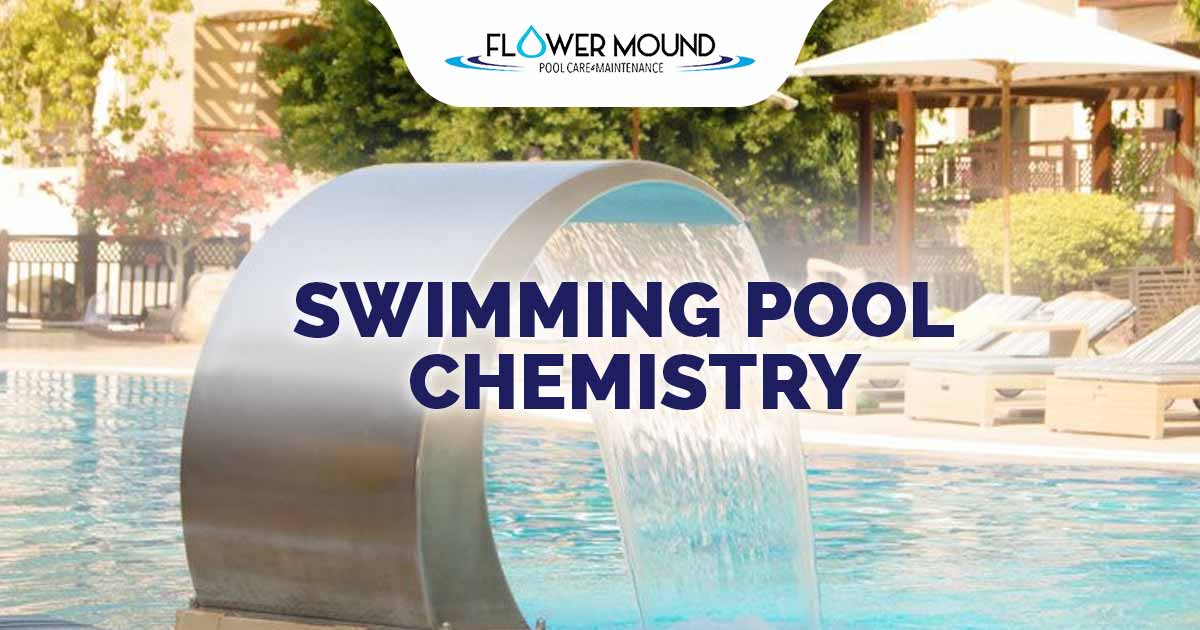Understanding Pool Chemistry and Why it is So Important to Keep Balanced
Understanding the importance of balanced pool chemistry helps your pool last longer, and makes it easier to maintain. However, pool chemistry can be a bit tricky. If you do not keep your pool chemicals balanced, you can wind up with a swimming pool that is not safe to use. You need to check to make sure your pool is balanced regularly. Otherwise, you may go to use your pool, only to find out it was not safe, and someone gets hurt or sick. Here are a few important things to take note of when it comes to keeping your pool safe and usable.
The Basics of Keeping Your Pool Chemistry Balanced
The first aspect of pool chemistry you need to focus on is the pH level of your pool. You want the water to be almost neutral, but slightly more basic than acidic. The ideal number to keep your pH at is 7.5, but it can be up or down by 0.1. Anything higher or lower can cause issues in your pool. There are three different components that make up what level your pool’s pH is at. This includes the calcium hardness, how alkaline the water is, and the pH of the water itself. You must find the right balance between each of these components if you want your pH to stay right around 7.5.
Keeping Your Pool Within the Right Ranges
The pH of your water is going to change. The water added to your pool is going to move the pH around. From rain to debris that goes into your pool, to the water that comes out of your hose, each will impact your pool’s pH differently. Even the people who use your pool can alter where your pH sits on a daily basis. For this reason, it is important that you use chemicals to keep your pool chemistry in the right ranges. There are some chemicals that raise the pH, while other chemicals lower the pH, depending on your needs.
You also need to keep an eye on the alkalinity of the pool. This serves as a buffer in the water that tries to minimize how drastically the pH changes. You ideally want no less than 100 ppm (parts per million), but no more than 150 ppm. There are also chemicals on the market to help keep the pool chemistry within this range. That way, each thing that would normally alter your pH has a smaller impact.
Finally, you need to make sure the calcium hardness of the pool also stays within the right range. For a plaster pool, you want no less than 200 ppm, and no more than 275 ppm of calcium in your pool. This does not specifically alter or help with your pool’s pH levels. However, if your pool does not have the right calcium hardness, it will still negatively impact your pool. The pool water will seek out additional calcium if it does not have enough. This can cause the plaster of the pool to break down, which can drastically change the quality of the water, and the pH of the pool.
Safe Levels of Pool Chemicals
When it comes to pool chemistry, there are a few common chemicals that most pool owners are very familiar with. First, and most common, is chlorine. Chlorine is incredibly effective at killing off both algae and bacteria. This should be at no more than 3 ppm in your pool. Anything higher is dangerous to swim in, and anything less is ineffective. There are powdered forms of chlorine, plus there are tablets you can use to keep the right level of chlorine in your pool. Just make sure you keep an eye on the concentration of chlorine in your pool.
Next, and slightly less effective, is Bromine. A lot of people use this when working with indoor pools or hot tubs, since it gives off almost none of the typical chlorine smell. However, it is not as effective at killing off all types of algae and bacteria. You want this to be within the ranges of 3 ppm and 5 ppm, to be safe.
Finally, there is also Biguanide. This is an alternative to chlorine, and should not be mixed with other pool chemicals to reach a balanced pool chemistry. It is said to make pool water feel even smoother than normal. Typically, using this is more expensive than just turning to chlorine, but gives a similar result. This should be kept between 30 ppm and 50 ppm.
The Minerals You Need to Monitor for the Right Pool Chemistry
On top of chemicals to keep your pool chemistry in balance, you also need a few minerals. This includes both copper and silver. These get introduced to your pool through mineral systems. While they do give off a similar result to using chlorine, they work far more slowly. However, they do reduce how much chlorine you end up needing to keep your pool chemistry balanced. Both of these minerals should never exceed 0.5 ppm when being used in a pool.
Keeping Your Pool Chemistry Right Takes Patience, Experience, and Dedication
It is really important that you take the time to keep your pool chemistry balanced. No matter what is going on in your life, this is something you need to make a priority. There are times in life when you simply may not have the time to keep up with your pool chemicals. If this is the case, you need to call in the experts. You want to reach out to people who know how to keep your pool safe. A lot goes into pool maintenance, and the longevity of your pool depends on how well you keep the balance maintained in your pool. Make sure you hire only those with the experience to do the job right the first time.

